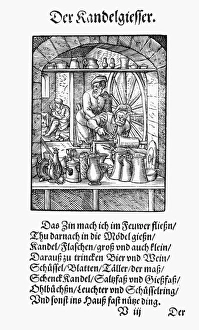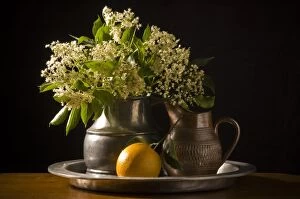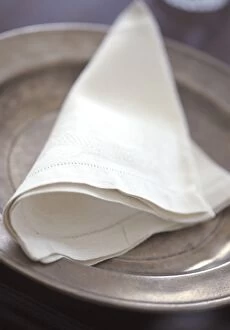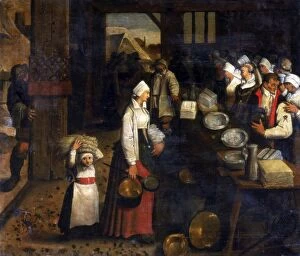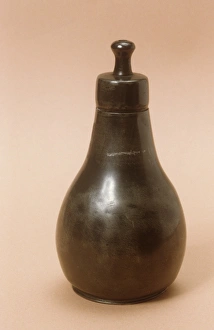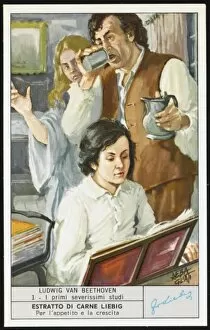Pewter Collection (#11)
"Pewter: A Timeless Elegance" In the silhouette of a local squire and his loyal dog, we catch a glimpse of the enduring charm that pewter holds
All Professionally Made to Order for Quick Shipping
"Pewter: A Timeless Elegance" In the silhouette of a local squire and his loyal dog, we catch a glimpse of the enduring charm that pewter holds. This versatile alloy has been cherished for centuries, its allure captured in masterpieces like Willem Claesz Heda's "Still Life with a Gilt Cup" from 1635. From an exquisite flagon attributed to William Will in 1765/80 to the oval portrait of Lieutenant Colonel C V Bulstrode, pewter artifacts have adorned history with their timeless beauty. The Captain John Treasure Jones Archive showcases a tankard and coin, reminding us of the rich tales they hold within their gleaming surfaces. Even aboard the majestic RMS Mauretania, souvenirs such as tankards and lighthouses were crafted from this remarkable material. Each piece tells stories of voyages across vast oceans and memories made on distant shores. A humble pewter plate takes center stage amidst these treasures, showcasing its understated elegance. Its smooth surface reflects light with a subtle glow, adding warmth to any table setting or display. As we delve deeper into history's embrace, we find ourselves captivated by another masterpiece - "Still Life with a Gilt Cup" by Willem Claesz Heda. In this painting from 1635, pewter is elevated to artistry as it mingles harmoniously with other objects in an arrangement that exudes opulence and sophistication. Venturing beyond paintings and portraits leads us to Wallonia's Castle of Veves in Belgium – an architectural marvel where pewter has found its place among grandeur. Here it stands proudly alongside ornate furnishings, whispering tales of nobility and grace. Delicate spoons reveal intricate designs when viewed from both sides – each curve meticulously shaped by skilled artisans who understood how even small details can leave lasting impressions. Pewter embodies more than just metal; it encapsulates a rich tapestry of history, craftsmanship, and elegance.

